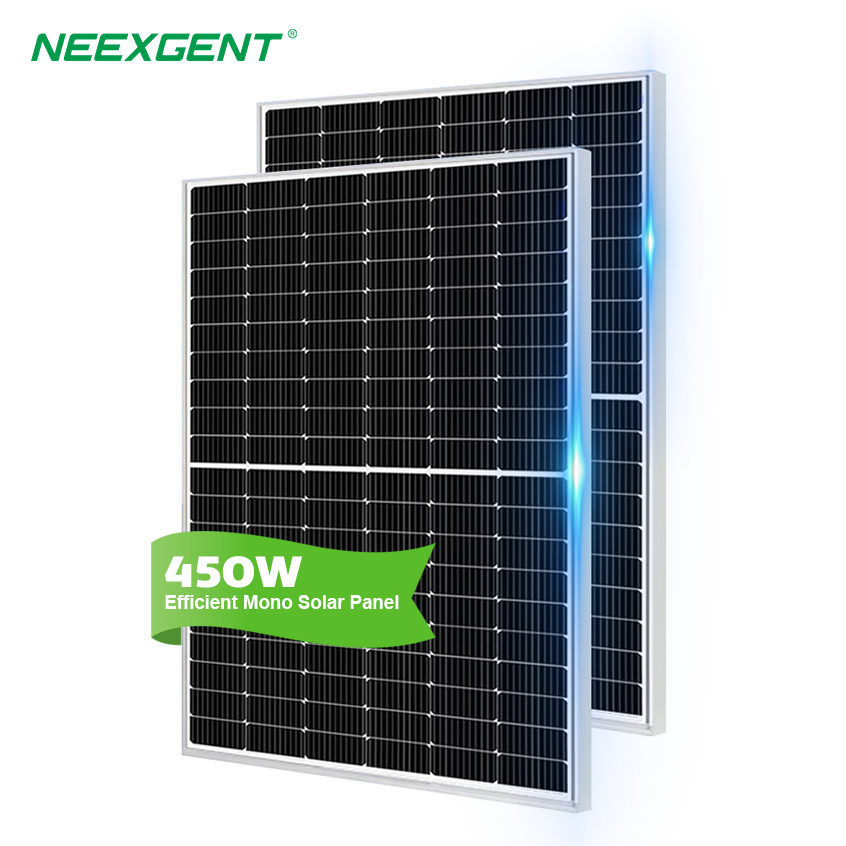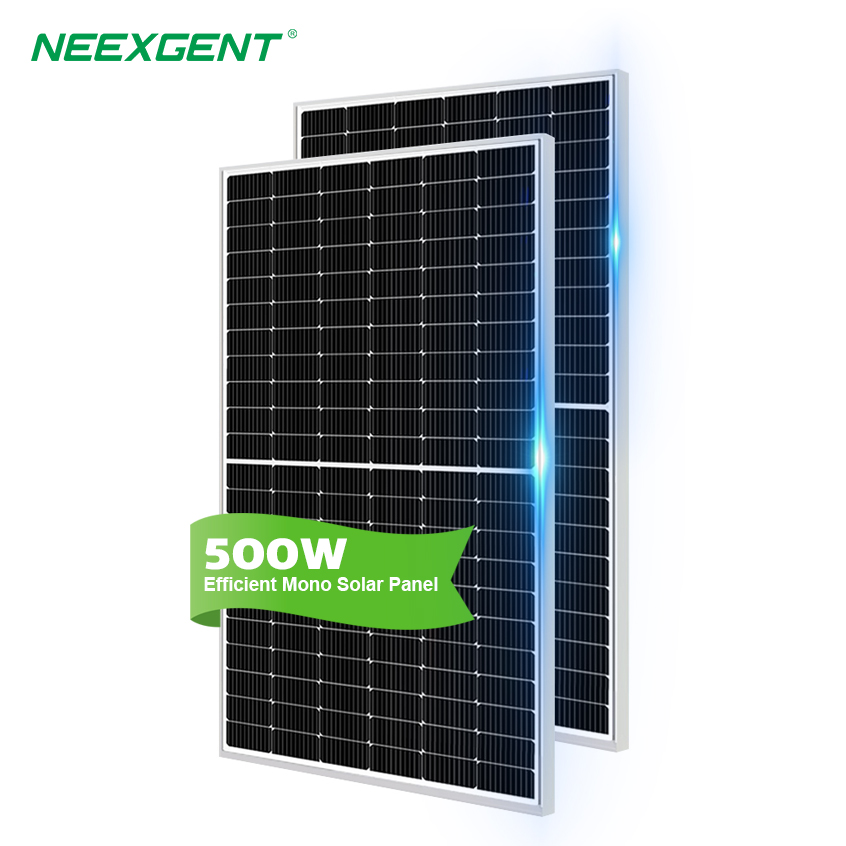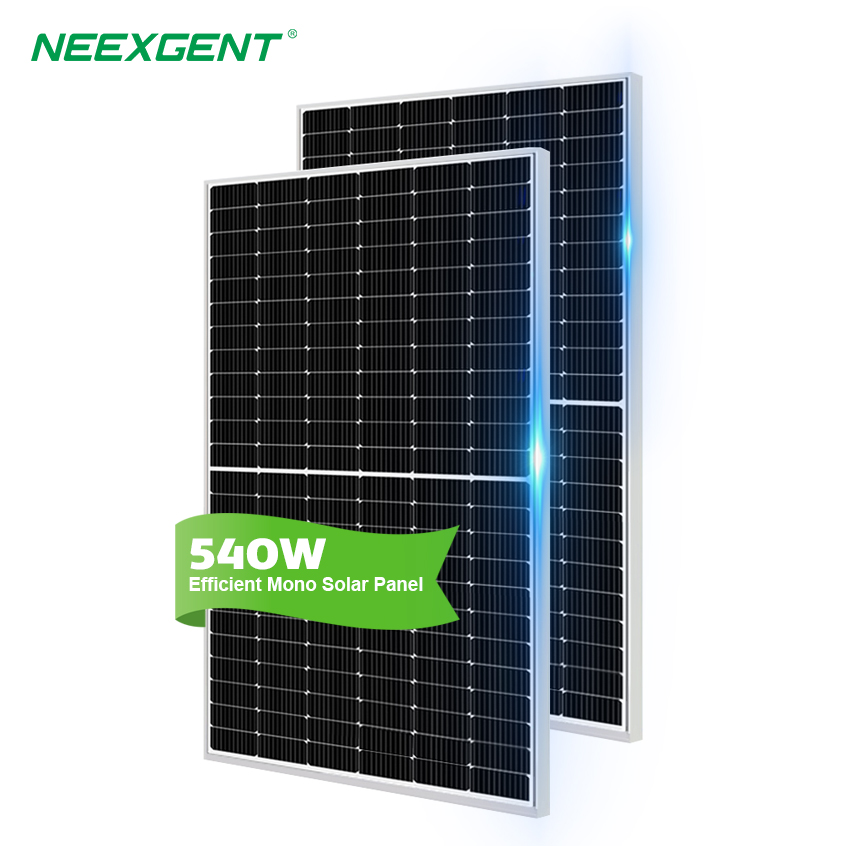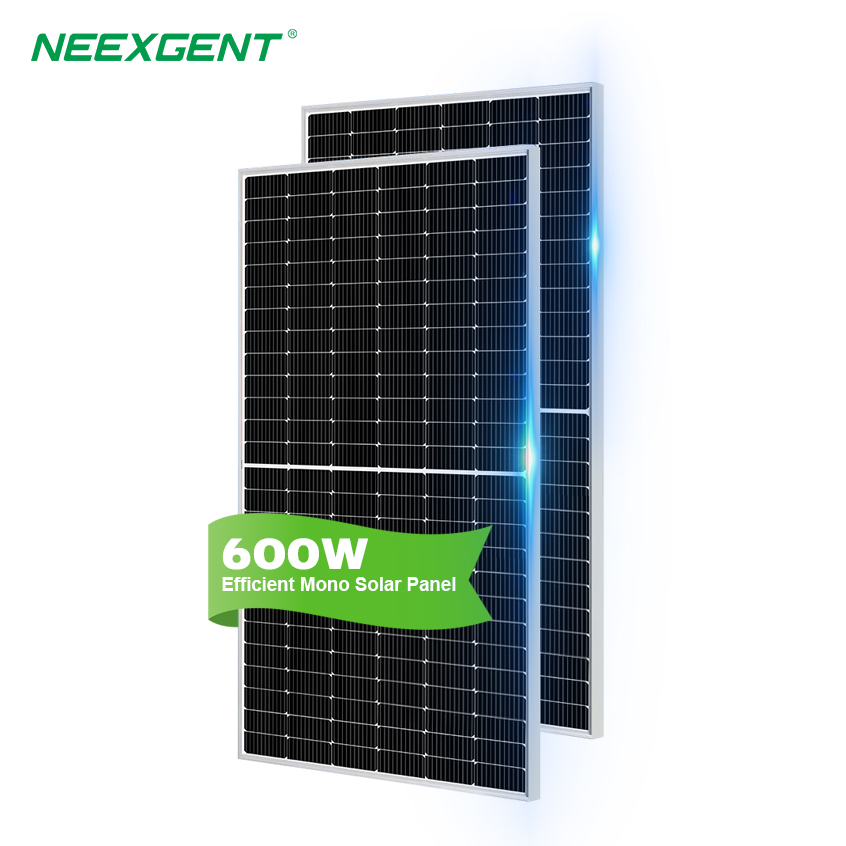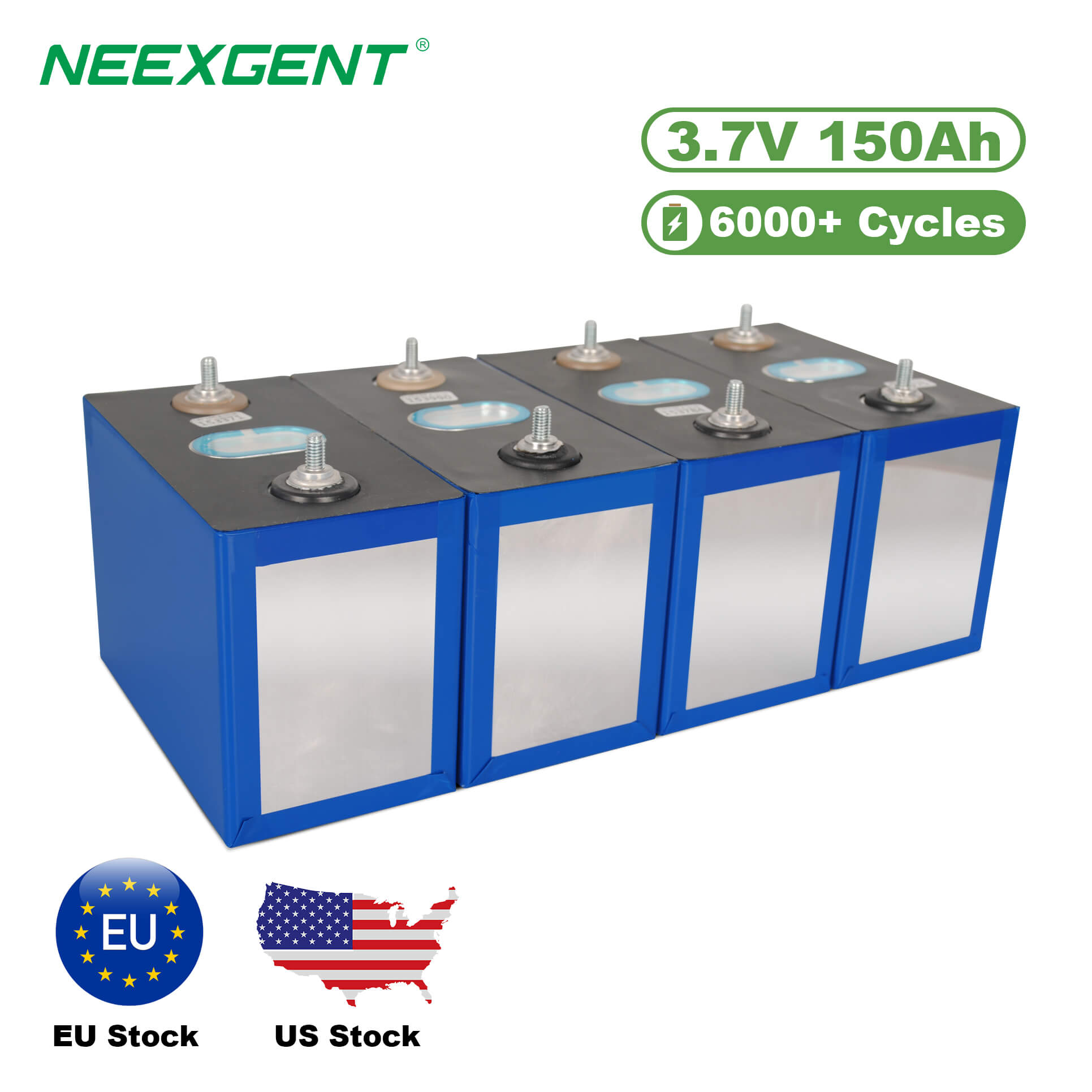Solar energy and nuclear energy are two of the most talked-about solutions in the quest for clean, sustainable energy. Both offer distinct advantages, but when it comes to efficiency, the comparison can be complex. Efficiency here refers not only to energy output but also to the environmental impact, long-term sustainability, and costs associated with each energy source. Let’s delve into the specifics to determine which of these two energy sources is more efficient in different contexts.
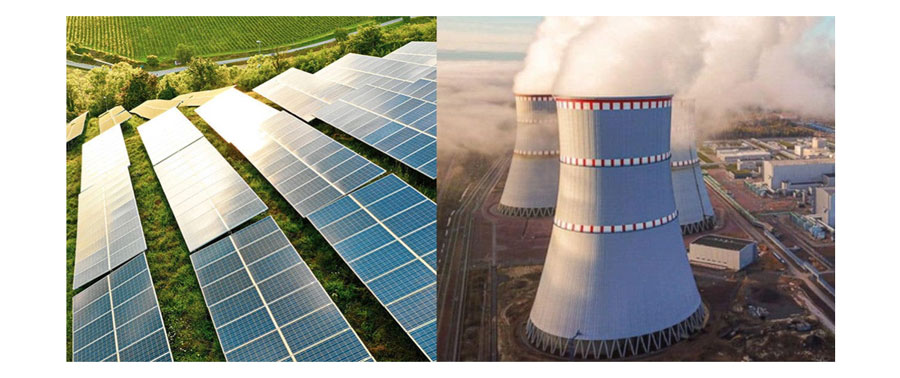
1. Energy Production Efficiency
At first glance, the efficiency of converting raw energy into usable electricity varies significantly between solar and nuclear power.
-
Solar Energy: The efficiency of solar panels—measured by the percentage of sunlight converted into electricity—typically ranges between 15% to 22% for commercial panels. Although this may seem low, it is important to note that solar energy is widely available and renewable. In regions with high sunlight exposure, the total energy produced by solar systems can be substantial, especially when large-scale solar farms are involved.
-
Nuclear Energy: Nuclear power plants, on the other hand, boast a much higher efficiency in terms of converting energy into electricity. Nuclear reactors operate with thermal efficiencies around 33% to 37%, which is higher than most fossil fuel-based power plants. This is due to the immense energy released through nuclear fission reactions, which produce steam that drives turbines to generate electricity.
However, efficiency in nuclear power also hinges on the complexity of the process. The need for cooling systems, managing radioactive materials, and the long construction time for nuclear plants all impact overall efficiency in a practical sense.
2. Land and Resource Efficiency
-
Solar Energy: One of the key advantages of solar energy is that it can be harnessed on various scales, from small rooftop installations to massive solar farms. The energy density of solar panels, however, is relatively low compared to nuclear. A large area of land is required to produce the same amount of energy as a smaller nuclear plant. This can be a limiting factor in urbanized or land-scarce areas.
-
Nuclear Energy: Nuclear energy is much more land-efficient. A single nuclear power plant, occupying a fraction of the land area needed for an equivalent solar farm, can produce large amounts of energy consistently. However, nuclear plants require access to significant amounts of water for cooling, which may limit their location to certain geographical areas.
3. Environmental Impact
-
Solar Energy: Solar power is a clean, renewable source that generates no emissions during its operation. The primary environmental concerns arise from the manufacturing, transportation, and disposal of solar panels, which involve mining for materials and the use of chemicals. Despite these challenges, solar energy remains far more environmentally friendly than fossil fuels and nuclear energy.
-
Nuclear Energy: Nuclear power also produces minimal greenhouse gas emissions during operation, making it a low-carbon energy source. However, nuclear energy comes with significant environmental risks, including the management of radioactive waste, potential for catastrophic failures (e.g., nuclear accidents), and the long-term sustainability of uranium mining. The environmental cost of these factors can be high, even though the energy output is substantial.
4. Safety and Risk Factors
-
Solar Energy: Solar power is widely regarded as safe. The main risks associated with solar energy are related to the installation process, such as potential electrical hazards or fire risks. However, once installed, solar panels require minimal maintenance and have no operational safety concerns.
-
Nuclear Energy: Nuclear energy, while efficient in energy production, involves high risks. Accidents, though rare, can have catastrophic effects on both human populations and the environment. The disposal of nuclear waste remains an unresolved issue, with radioactive materials that remain hazardous for thousands of years.
5. Costs and Economic Efficiency
-
Solar Energy: The cost of solar energy has decreased significantly over the past decade due to advancements in technology and economies of scale. While the initial investment for solar panels and infrastructure can be high, operational costs are relatively low. Solar power’s economic efficiency continues to improve with innovations like solar batteries that store excess energy for later use.
-
Nuclear Energy: The cost of nuclear power is relatively high, especially when considering the upfront capital investment required to build a nuclear plant. The construction time for nuclear plants is also long, often taking several decades. Additionally, nuclear power has significant ongoing costs related to maintenance, safety, and waste management, which can further increase its financial burden.
6. Energy Storage and Grid Integration
-
Solar Energy: Solar energy faces challenges related to energy storage and intermittency. Since solar power is only produced when the sun is shining, it requires efficient storage solutions (e.g., batteries) to ensure a continuous energy supply, especially at night or on cloudy days.
-
Nuclear Energy: Nuclear energy provides a stable, constant source of electricity, as it does not rely on weather conditions. This makes it a valuable baseload energy source, supplying consistent power to the grid, unlike solar, which is intermittent.
Both solar and nuclear energy have their strengths and weaknesses when it comes to efficiency. Solar energy is a cleaner, safer, and increasingly affordable alternative, while nuclear energy offers high energy output and reliability. The ultimate choice between the two depends on the specific needs, geographic location, and long-term sustainability goals of the region or country in question.

